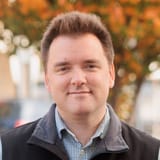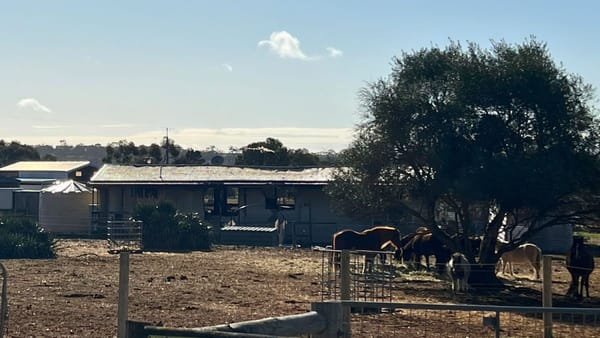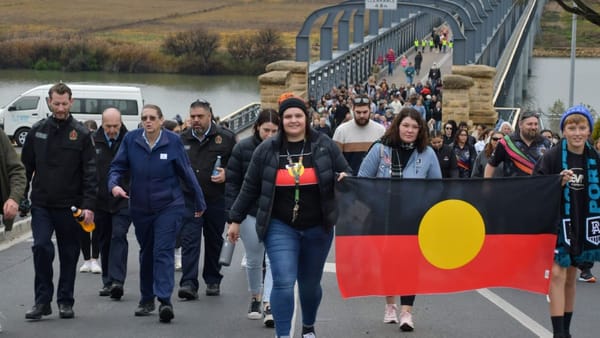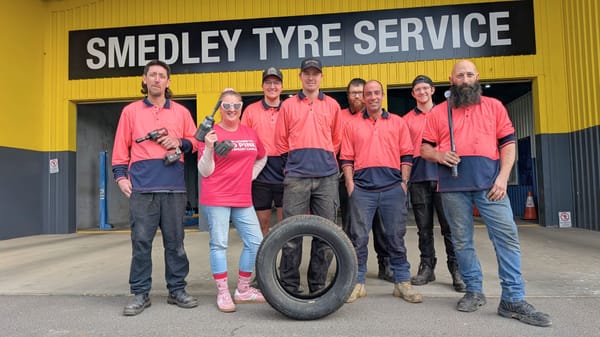Close the Gap event will shine a light on Indigenous health
At an event in Murray Bridge, Steve Sumner, Eunice Aston and Ross Womersley will talk about Aboriginal disadvantage and how to overcome it by 2030.

Locals support locals – that’s why this post about an upcoming event is free to read. Your support helps Murray Bridge News tell important local stories. Subscribe today.
The struggles Aboriginal and Torres Strait Islander people face, and how they can be overcome by 2030, will be thrust into the spotlight in Murray Bridge next month.
The Close the Gap seminar will be held at the John Dohler Hall, at Christ Church Lutheran on Swanport Road, from 6pm on August 23.
The event will feature presentations by two Ngarrindjeri leaders with decades of relevant experience: Moorundi health service CEO Steve Sumner and former Kalparrin Community and Ngarrindjeri Regional Authority chair Eunice Aston.
The CEO of the SA Council of Social Service, Ross Womersley, will also speak about Indigenous disadvantage and the likely impact of the current Voice to Parliament debate.
Organiser Annette Korzeba, a long-time campaigner for social justice, hoped the event would start a public conversation about the “tremendous disparity” between health outcomes for Indigenous and non-Indigenous Australians, with a focus on solutions.
“What I’m arguing isn’t a political thing, it’s looking at the human side of it,” she said.
“It’s about community awareness.”
- RSVP: Call or text 0411 306 878.
Landmark report called for change 18 years ago
The Close the Gap campaign originated in a report by Aboriginal and Torres Strait Islander Social Justice Commissioner Tom Calma AO in 2005.
He found “substantial inequality” existed between Indigenous and non-Indigenous Australians, and had not improved over the previous decade.
Indigenous Australians still had higher rates of kidney and heart disease, diabetes, and drug and alcohol use; were more likely to suffer poor health as infants; had less access to health care; and did not live as long as their non-Indigenous counterparts.
He called for all Australian governments to commit to achieving equal health outcomes and life expectancy for Indigenous Australians by 2030.

Social Justice Report 20058.76MB ∙ PDF file Download
Within two years, his call spurred action, including the launch of a national advocacy campaign, Close the Gap, by Olympians Cathy Freeman and Ian Thorpe.
In December of 2007, Australia’s state and federal governments committed to close the gap in life expectancy, child mortality rates and educational achievement by 2017.
However, as they tracked towards failure, governments shifted the goal posts in 2016, and again in 2020.
The Murray Bridge seminar will focus on practical things that can be done to achieve the Closing the Gap targets over the next seven years.

Interestingly, though, there was a second half to Professor Calma’s report.
To ensure that practical progress could be made, he argued back in 2005, Indigenous people needed representation, or a body able to speak to governments on their behalf.
“For Indigenous peoples, the challenge … is to ensure that they have an appropriate voice in determining the priorities that face their communities,” he wrote.
As the website for the government’s Closing the Gap campaign puts it: “when Aboriginal and Torres Strait Islander people have a genuine say in the design and delivery of policies, programs and services that affect them, better life outcomes are achieved”.
- More information about the Close the Gap campaign: closethegap.org.au.
- More information about the government’s response: www.closingthegap.gov.au.
Locals support locals. Your support helps Murray Bridge News tell important local stories.





